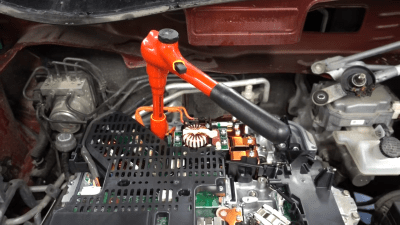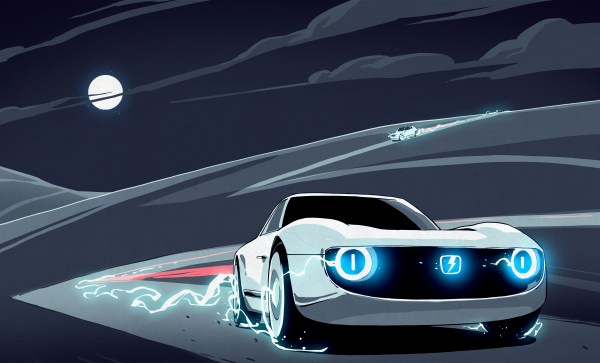Electric cars have been around for a while now, and thus they’re starting to get chopped up and modded just like any other car. [Daniel Öster] is one such person doing the work, and recently posted his efforts to retrofit fast charging to an base-model Nissan Leaf that didn’t ship with the feature.

The swap required the power distribution unit to be replaced, and the CHAdeMO port to be installed in the front of the car. The vehicle control module (VCM) also had to be opened in order to run a wire to a relay to activate the fast charging subsystem. Finally, wires had to be spliced to get everything to play nicely between the car and the fast charger.
[Daniel] had the benefit of quality forum resources and a Nissan Leaf that already had CHAdeMO to reference, which helped a lot. At the end of the day, the fast charger worked first time, much to [Daniel]’s relief. We’ve featured his work before, too. Video after the break.
Continue reading “Retrofitting Fast Charging To A Nissan Leaf EV”

















